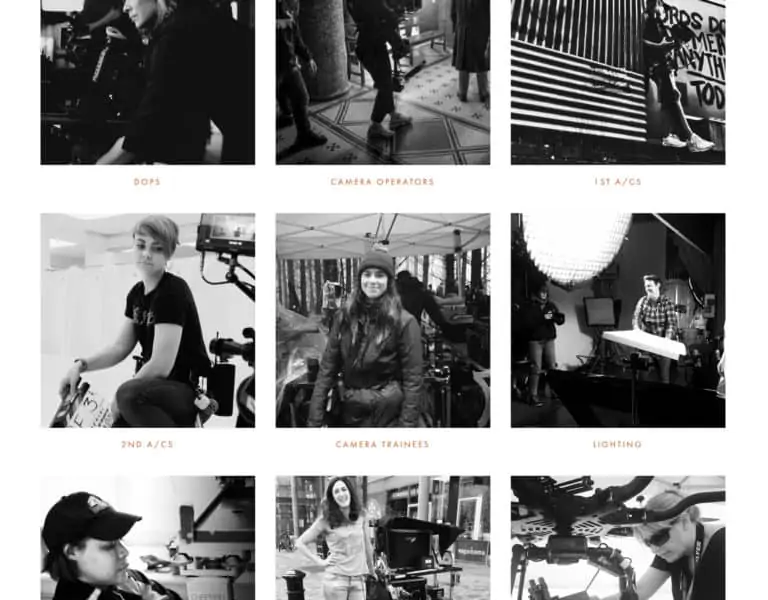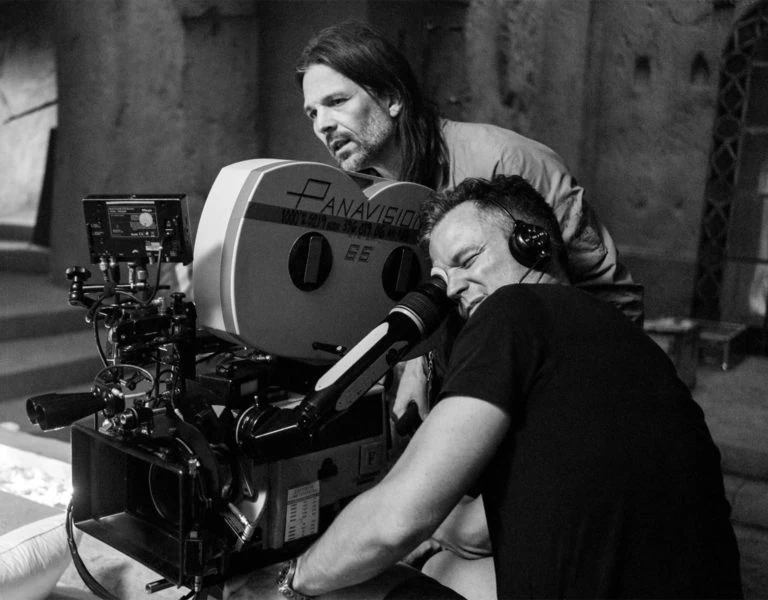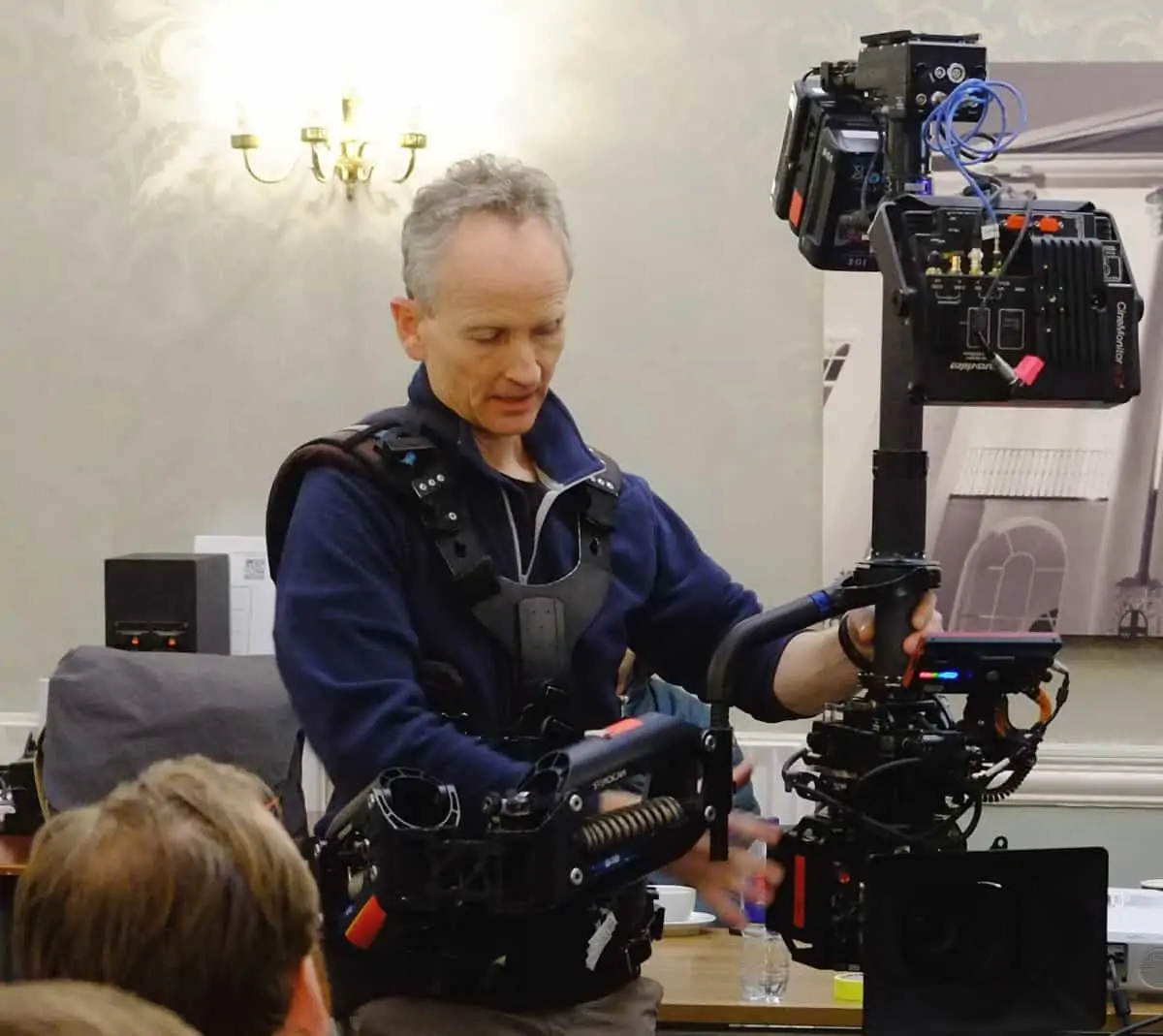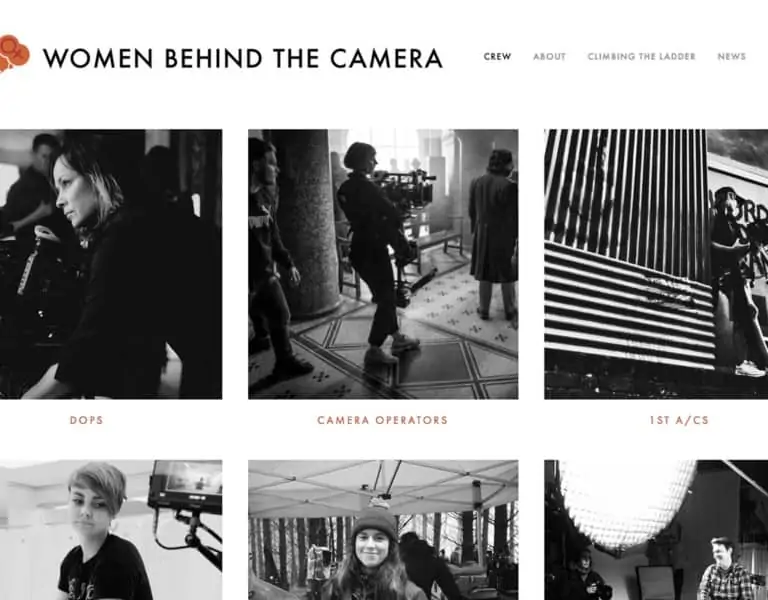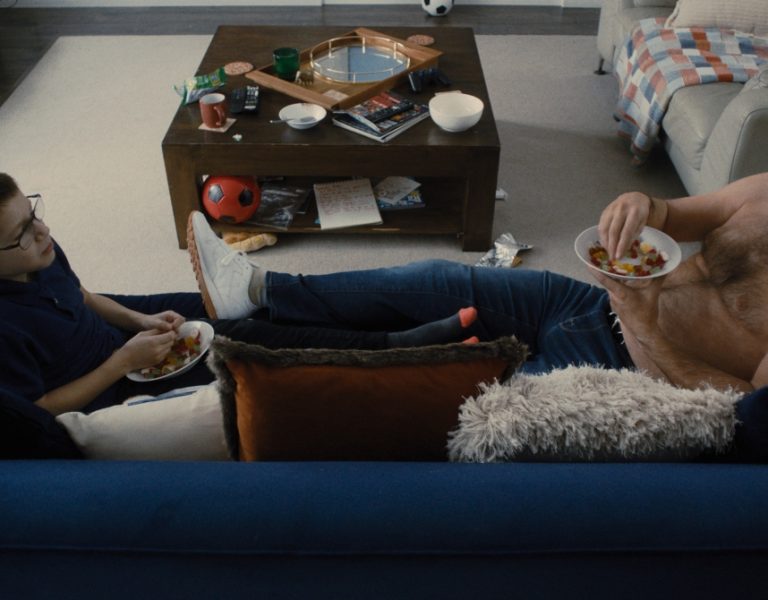SKILFUL STORYTELLER
Selected filmography (as A camera/Steadicam operator main unit, unless otherwise stated)
The Batman (2022)
No Time to Die (2021)
Hobbs and Shaw (2019)
The Nutcracker and the Four Elms (2018)
Christopher Robin (2018)
Star Wars: The Last Jedi (A camera/Steadicam: 2nd unit) (2017)
Everest (2015)
What inspired you to become a camera operator? Did you always want to work in film?
I had an early interest in photography. My Dad is a keen photographer and there were always cameras at home, so I was exposed to them and interested in them from a young age and obviously saw him taking lots of photos. It felt quite normal to have one in my hands. Dad also managed a band, and they did some very successful TV specials and when we were kids, we used to sit in the audience to watch them being filmed. I loved seeing the camera operators using the cameras on pedestals and was always very interested in it and thought that it would be a cool job.
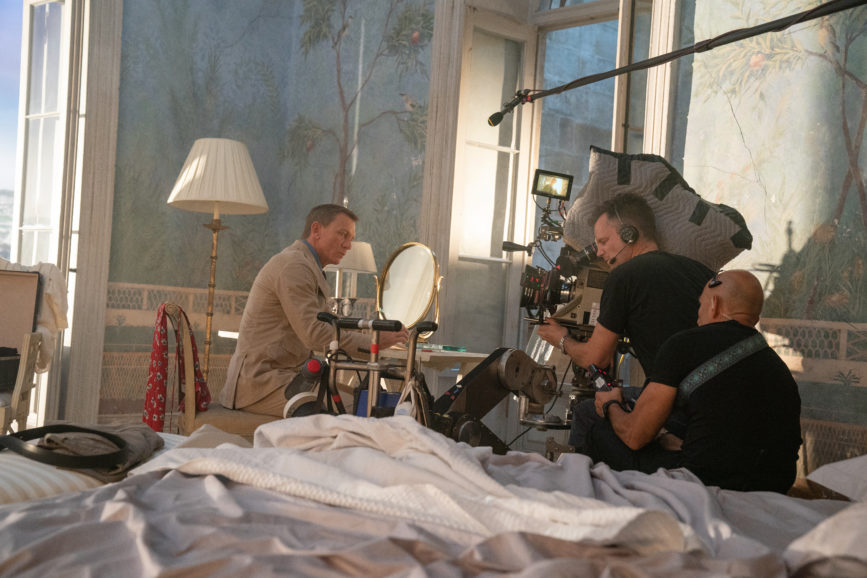
How and where did you learn the craft?
When I finished school, I did two weeks work experience at a TV network in Australia. These two weeks turned into an offer of a full-time job to be trained as a junior camera operator. That started an eight-year career at Channel 7 in Brisbane and Sydney, with the best training and experience you could ever hope for. I started off doing sport and live TV, which was great as it was live, so you never really knew what was going to happen and you had to get it right first time, as there is no going again. It was invaluable training.
Who or what are your biggest inspirations or mentors?
Two people really shaped my career in the early days in Australia. My boss at Channel 7 in Sydney, Glenn Steer, taught me Steadicam. He is a brilliant Steadicam operator (still one of the best in Australia) and he trained me in Steadicam and encouraged me to pursue a career in it. The second is an incredibly talented DP called Joseph Pickering. When I broke into TV drama, Joe took me under his wing and taught me the intricacies of operating on drama and the importance of using the camera as a storytelling tool. He really helped to mold me into the operator I am today and taught me about rhythm and timing in operating. Without the help of those two and the guidance of my Dad, I don’t know if I would have got to where I am today.
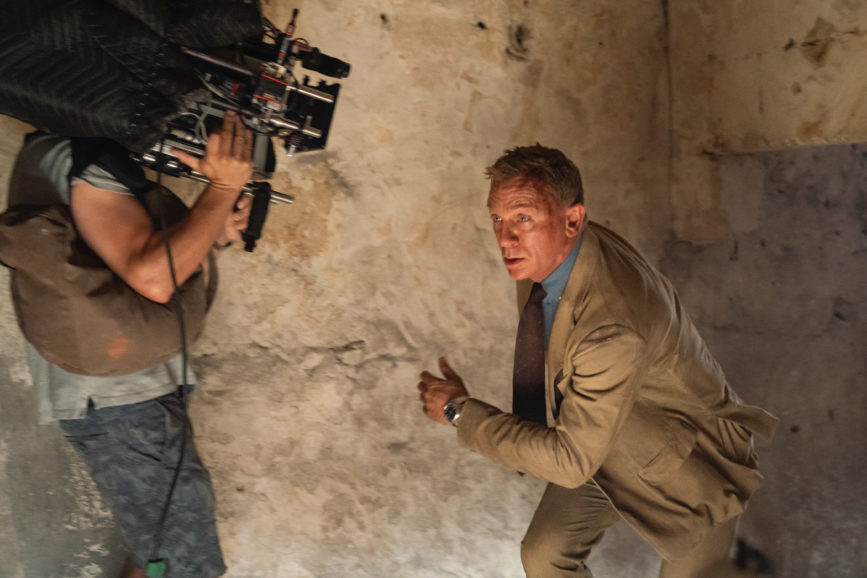
How did you get started in the industry and what was your career progression? How did you make the transition into feature film?
Through my days at the TV network, I worked on some very high-profile events such as the Sydney and Athens Olympic Games, the Turin Winter Olympics, and a Rugby World Cup. I also got the opportunity to do Home and Away for a couple of years which gave me a taste of operating on drama, and I loved it. Doing Steadicam helped me get across into drama and that experience led to me getting the opportunity to work on some high-profile TV dramas in Australia. I always wanted to do big budget features though and thought that the UK would provide me the best chance of doing that. So, in 2011 my English wife Libby and I moved to London.
What would you single out as your big break?
After an initial couple of lean years over here, I was doing mostly TV drama as that’s where my credits and experience lay. One day I got an interview for a feature film called Everest. The DP was Salvatore Totino who had shot some massive films. I didn’t have the CV for it and thought that there was no chance of me getting it, but I had the interview anyway. And I got it. That was the break that I needed and what an experience it was, one of my career highlights. I will forever be grateful to Sal for giving me the chance. After I survived that, it was the credit that I needed, and it gave me the start in films that I always wanted.
What do you believe are the key qualities of a star camera operator?
Being able to handle and work under pressure, to understand how to tell a story, to listen to people, and to be a good communicator. I think a good attitude is so important. And to be humble. Always be humble.
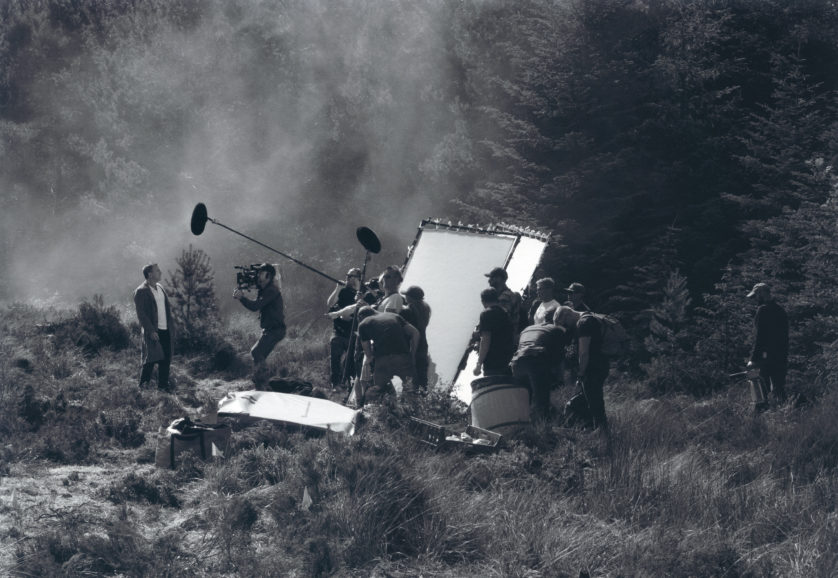
What is at the heart of a successful camera operator/DP relationship?
I think trust and respect are two really important things. A camera operator is there to help the DP with their job and to get the best out of the crew that we have around us to help the DP to achieve their vision for the film. Every DP is different and has a way that they like to work, and I think that as a camera operator you have to figure out what that way is and to be flexible enough to fit in with that to be able to work together successfully.
What role do you believe standout camera operation plays in enhancing a production?
I believe it helps tell the story. I think sometimes big tricky shots are great, but they have to add to the storytelling, not take you out of the moment. If it is done well and properly it definitely enhances the storytelling.
Which have been your favourite productions to work on? Which are you most proud of?
There are three that stand out for me.
1) No Time to Die. Working on a Bond film was an absolute career highlight and a dream come true to be able to work on something so iconic. I am so proud of how it turned out and the reaction that it got.
2) The Batman. I think it is an incredible piece of filmmaking of the highest order.
3) Everest. It was my first feature film, and it was so challenging due to the conditions and locations we filmed in.
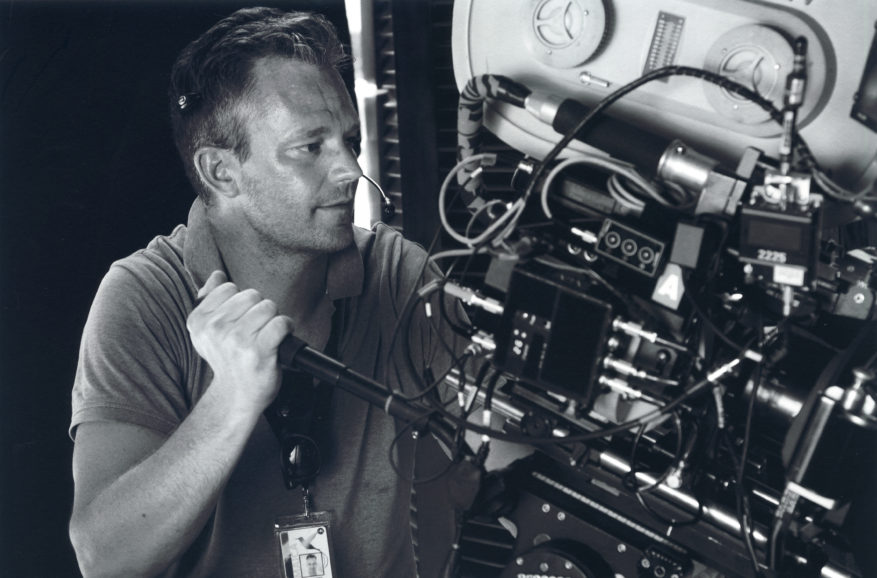
What is one of your most treasured on-set memories?
I’m lucky that I have so many, but if I had to choose it would be one of our first days shooting in Jamaica with Daniel Craig on No Time to Die. We were filming in the most stunning location, a private cove in a house that the art department built, where Bond had retired to. It was a real “is this actually happening?” moment. Another was one day working on Star Wars when we were filming on the Millennium Falcon with Chewbacca and R2D2. I was a massive Star Wars fan as a kid, and I so wish my 7-year-old self could have seen me then.
Which production has been your biggest challenge?
No Time to Die due to the sheer size and scale of what we were trying to achieve and the pressure that came with it. Everest was very challenging due to the conditions in the locations that we were filming in. One day in particular we were shooting a scene with Josh Brolin at the entrance to Mt Everest National Park at 17, 000 feet. It was -30 when we landed in the helicopter. It was so hard just to walk due to how thin the air was, and I had to do Steadicam for the best part of four hours that morning.
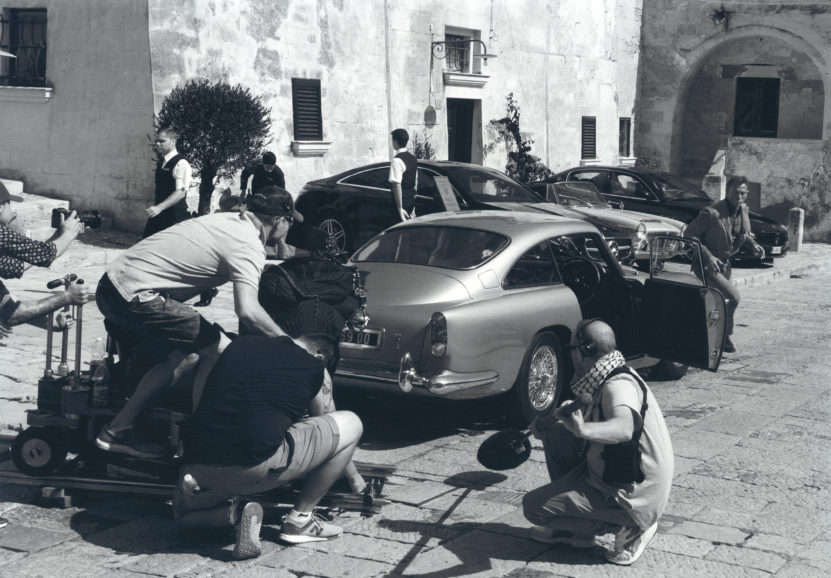
How do you keep up with the latest technology? What new innovations have you been impressed by?
Being on set you speak to people and hear of new equipment and obviously reading about new technology online. Gimbals have really improved over the last few years and are an important new storytelling tool. The Steadicam Volt has been a great new addition to my Steadicam rig. I could always hold a steady and level shot but there were times when it was windy or during a particularly hard shot to execute where I would lose level a little or have to really concentrate on it to make sure I didn’t go off level. The Volt just takes these little moments out and it has helped me concentrate on my framing and timing more.
What do you enjoy most about your job?
I love the experience of working on these big productions with a bunch of really good people, a lot whom I count as friends. There are days when you are under a lot of pressure to get it right and when everything comes together, the feeling and the buzz is amazing. I feel really lucky to work in an industry and in a job that I love, and I have had the opportunity to work on some big films and travel to some amazing locations with some fantastic people.
What obstacles do you face in your career and how do you overcome them?
I guess the biggest obstacle I had to overcome was when I moved to the UK. I had no contacts and no UK experience and that was quite difficult at first, but I was really lucky to meet some great people along the way who helped and guided me.
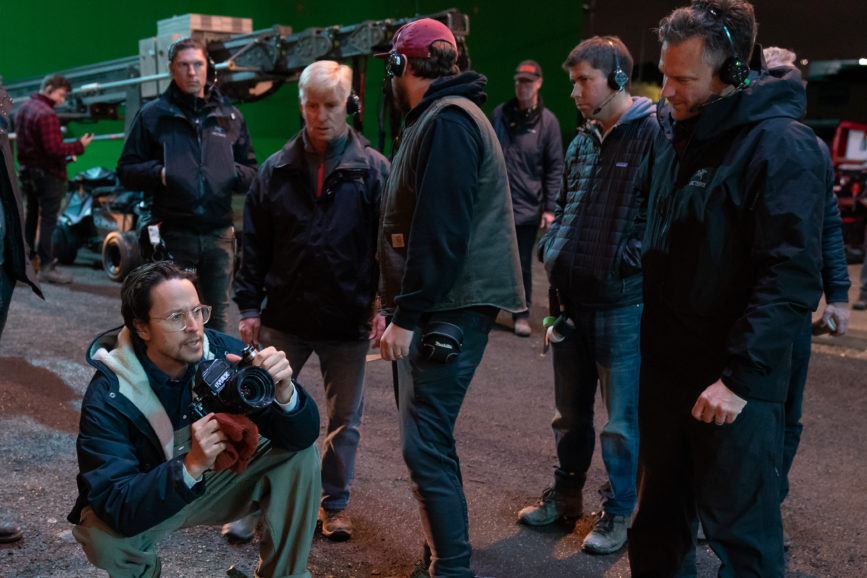
What advice would you give aspiring camera operators?
My advice is don’t ever give up because if you want it badly enough, you can make it happen. Practice as much as you can and get as much experience as you can, so when you get your chance, you make the most of it. And learn to walk before you run. Sometimes new operators can get thrown into situations before they are ready and that can really affect your confidence if it doesn’t work out.
What are you currently working on?
I’m working on Disney’s Snow White. It’s a really enjoyable job so far and it’s fun to do a musical, it’s a whole different operating skill set.
Cinematographer Linus Sandgren ASC FSF says:
“I met Jason in 2016 when I was looking for an A camera operator for The Nutcracker and the Four Realms. I had heard great things about him, and I really liked his solid Steadicam reel, but when I interviewed him, I could tell he was more into storytelling than the technical things about the job, which honestly was the reason why I hired him.
Jason is masterful with the Steadicam, like few others, and he is a very solid operator with cranes and dollies, in all technical ways. But it’s such an asset to have an operator like Jason because he is a storyteller at heart. He always considers the overall cinematography, pays great attention to the acting and the lighting. He is also a very calm, kind, and humble person, treating the crew around him in the nicest way, which to me is an impressive quality.
On No Time to Die, I was delighted to have him operate the A camera for me again. This time, we had plenty of intimate emotional scenes where Jason again proved himself to be brilliant. He was also put through more physical challenges, like fight scenes with an 80lb IMAX camera on his shoulder, and other difficult shots like a handheld oner up a staircase. It was basically 120 days of workout, and, as always, Jason took on the challenges with a great smile.”
Cinematographer Greig Fraser ASC ACS says:
“When I first met Jason, we instantly got on well. Whilst following his career, I could see his operation was very solid, and recommended him to a number of DPs. When The Batman came up, it was a great opportunity for me to work with Jason because I needed an experienced yet calm and confident operator to help run the set. It was such a complicated lighting job for me that I wanted somebody Matt [Reeves] could work closely with. Matt’s very hands on when it comes to finding and operating the shots and I needed somebody who could be patient throughout whilst also working with me on what I needed. It was a diplomatic role to accommodate everybody’s needs and Jason was able to keep everyone happy. He was light-hearted yet he wasn’t loud and didn’t make his presence known in a very forward way. His presence is known by the quiet confidence he has on set and the work he does.”




